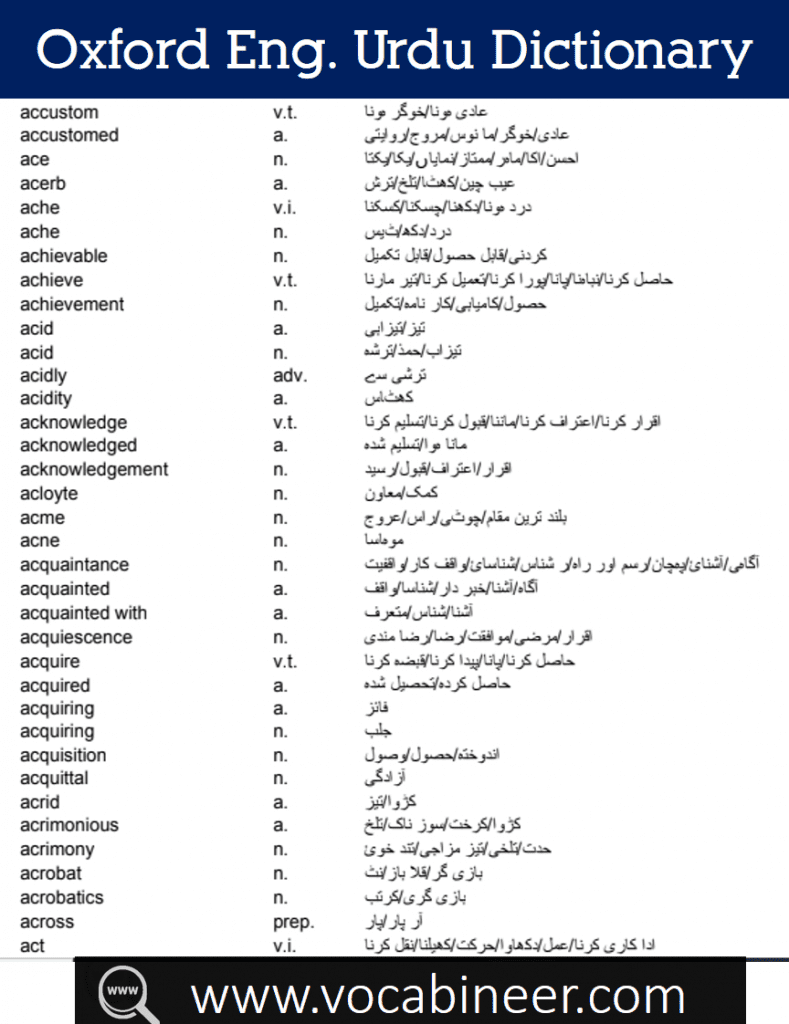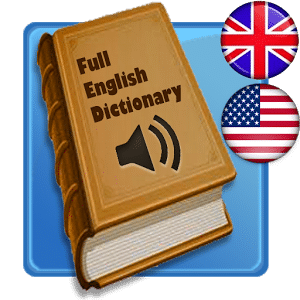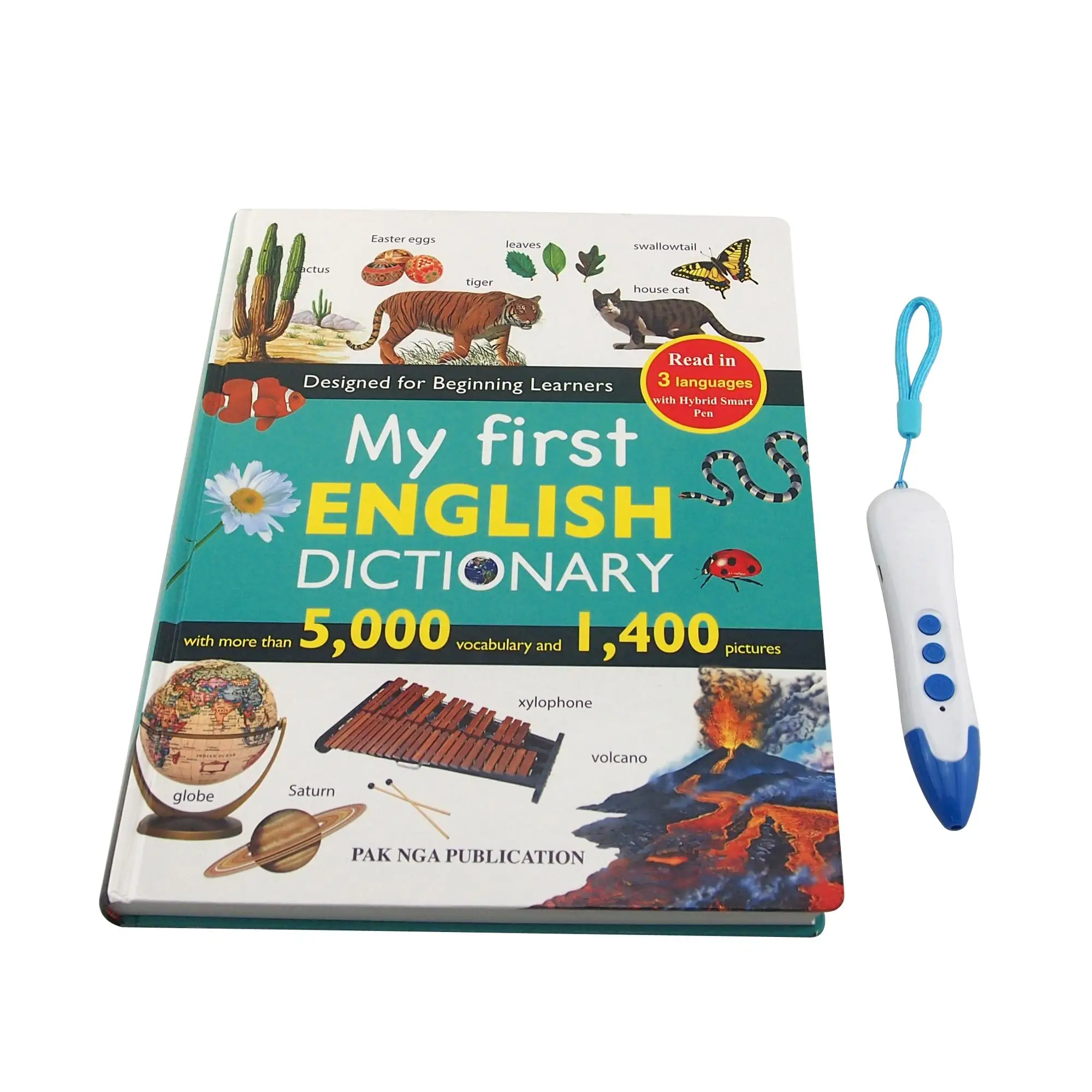

there’s more on the development of early modern English in this overview article, written by Edmund Weiner, deputy editor of the OED.

But that next step in the development of dictionaries had to await Nathan Bailey, Samuel Johnson, and others in the eighteenth century.īack to top Where next with the OED Online? The first century of monolingual English dictionary-making saw the English dictionary move from being a short production concentrating on ‘hard words’, in a strictly pedagogical tradition, towards becoming a general-purpose dictionary covering the whole of the language. E.’s Dictionary of the Terms Ancient and Modern of the Canting Crew, which drew heavily on the content of Coles and other slang glossaries, and is generally regarded as the first English dictionary of slang. In dictionary terms this interest in slang culminated, in 1699, in B. In expanding his wordlist in this direction, Coles was jumping on a bandwagon driven originally by Thomas Harman, Thomas Dekker, Robert Greene, and others, but more recently by Richard Head (whose Canting Academy had appeared in 1673) and Thomas Shadwell. There was certainly interest in slang (or at least the canting slang of rogues and vagabonds) throughout the seventeenth century. Though it was still labelled on the title page as a ‘hard words’ dictionary, Coles included a wider variety of material than his predecessors, including canting and regional terms, a well as everyday terms which only just class as ‘hard’.

The first dictionary to take advantage of this was Elisha Coles, whose English Dictionary was published in 1676.

Although Edward Phillips’s New World of English Words (1658) dealt with hard and technical terms typically borrowed from earlier dictionaries, he subtitled his book ‘A general dictionary’, and editors, publishers, and their audience started to see the value of a more expanded wordlist. This tradition was continued, after Cawdrey, by John Bullokar‘s English Expositor (1616), Henry Cockeram’s English Dictionary (1623), and Thomas Blount’s Glossographia (1656).Ĭhange was afoot by mid-century. The earliest monolingual English dictionaries were ‘hard word’ dictionaries, explaining in simple form many of the strange and difficult words which entered English over the previous decades. The first book generally regarded as the first English dictionary was written as Robert Cawdrey, a schoolmaster and former Church of England clergyman, in 1604 Cawdrey made use of wordlists published earlier in educational texts, such as Richard Mulcaster’s Elementary (1582) and Edmund Coote’s English Schoole-maister (1596).īut this was not a general-language dictionary of English. Important examples in Britain include The dictionary of syr Thomas Eliot knyght (1538), a Latin-English dictionary which went into several editions throughout the sixteenth century, Claudius Hollyband’s Dictionarie French and English (1593), and John Florio‘s Italian-English Worlde of Wordes (1598). Monolingual dictionaries were preceded, both in Britain and in continental Europe, by bilingual dictionaries, which served a more immediately practical need. In retrospect, one can argue the growing availability of books and other printed matter as the period developed-alongside the emergence of the grammar school as a focus for education (especially for boys)-meant that the scene was set for the emergence of the English dictionary. pangolin), and must have seemed hard to understand to many of the population.Īt the same time, there were significant demographic shifts in Britain towards an urbanized culture based in the big cities, such as London: the population of London increased eightfold over these years. Many of the new words were borrowed into English from the Latin or Greek of the Renaissance (for example, hypotenuse), or from the far-off countries visited by travellers and traders (e.g. According to the OED‘s record, the number of words ‘available’ to speakers of English more than doubled between 15. The early modern period was an era of great change for the English language.


 0 kommentar(er)
0 kommentar(er)
